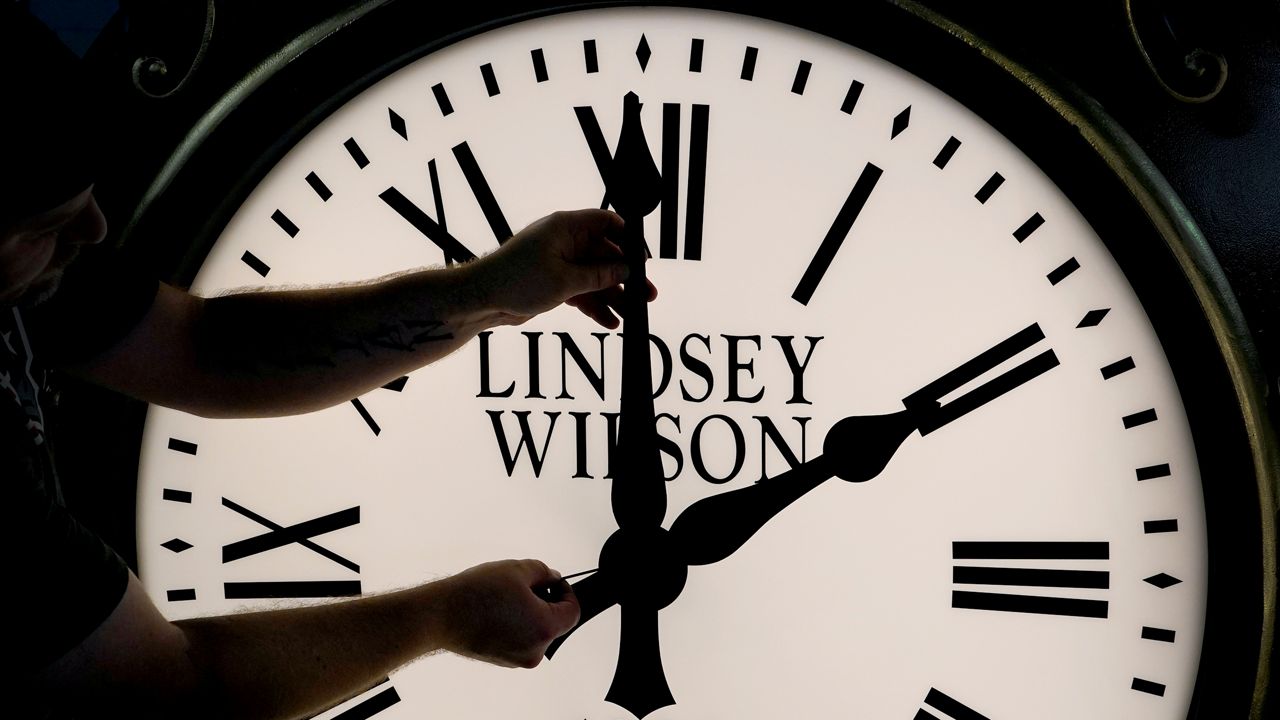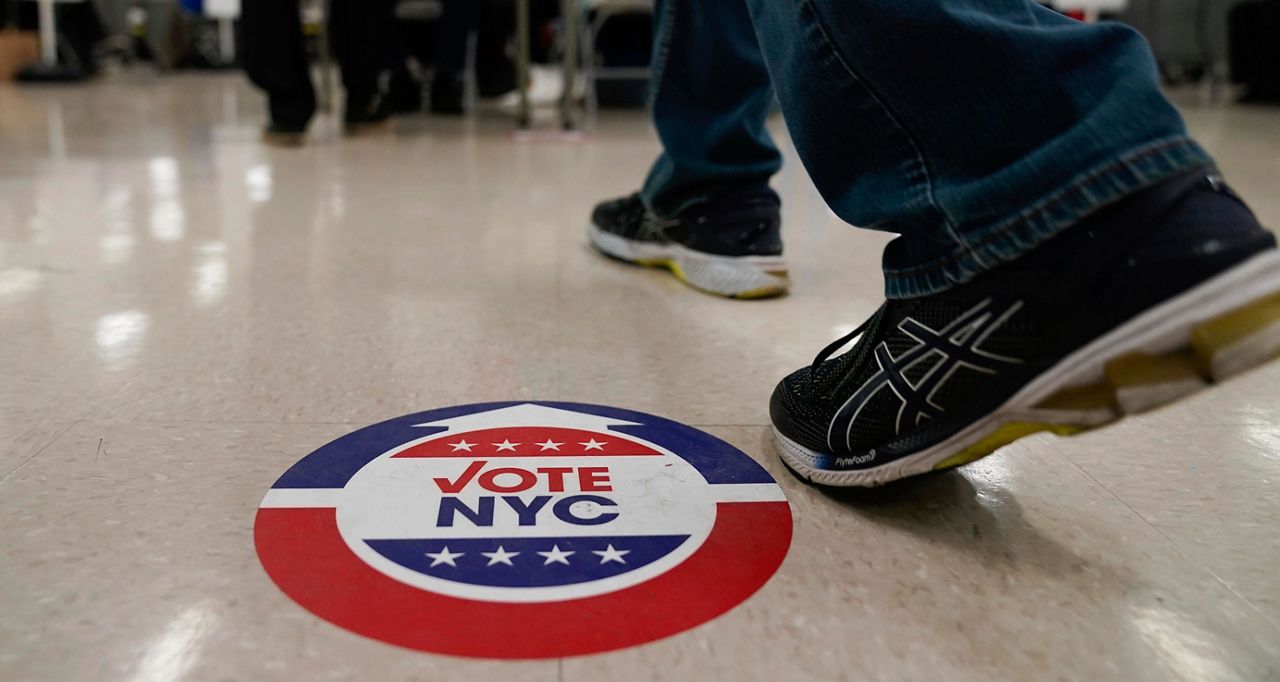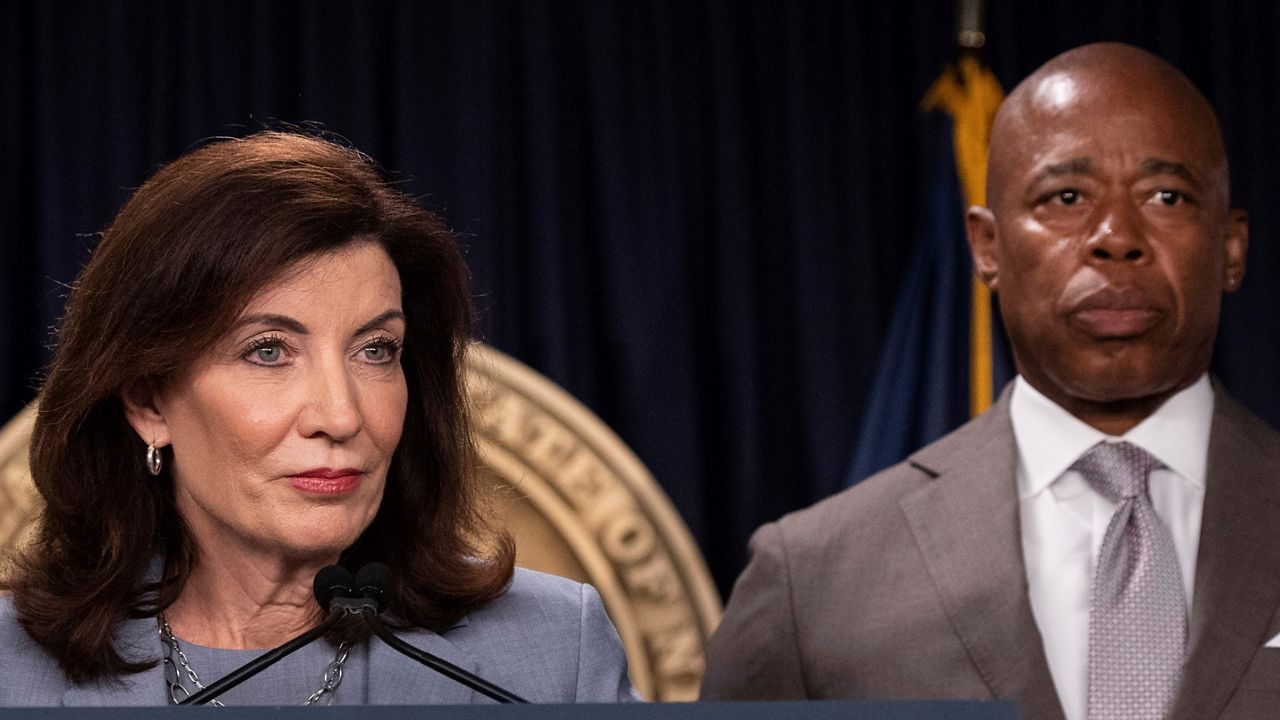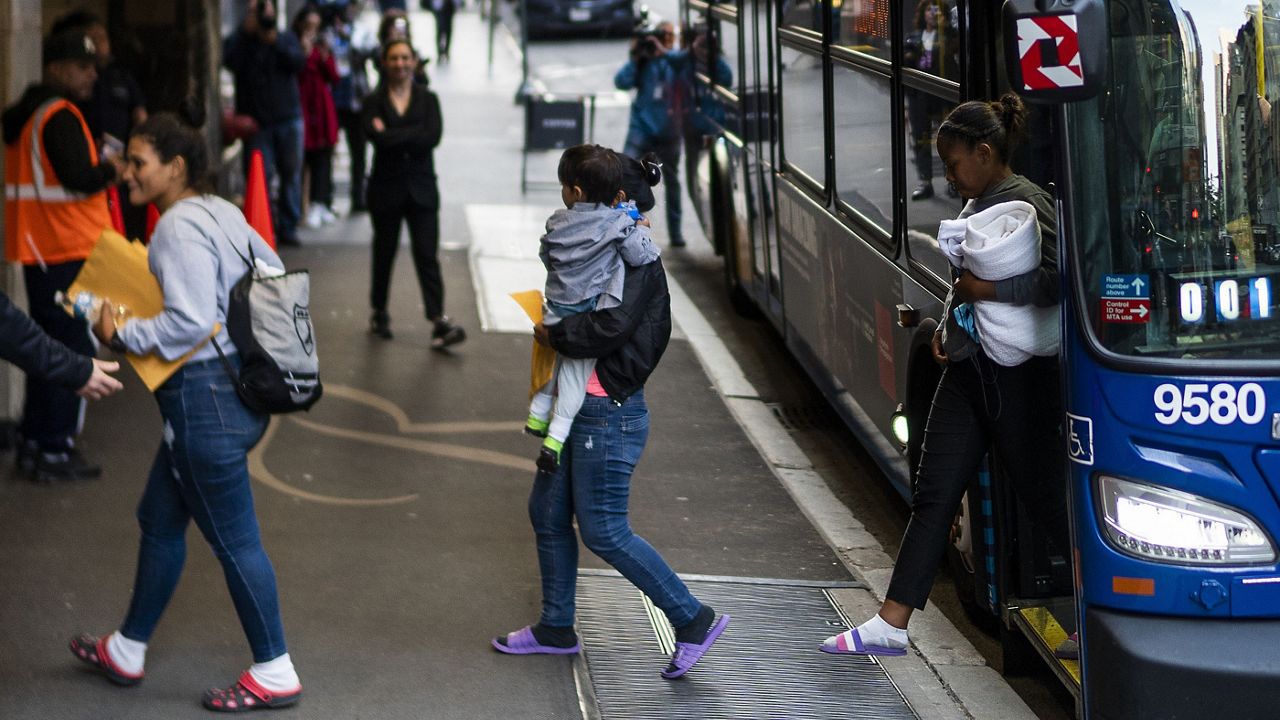"It gets late early out there." – Yogi Berra
We annually lose sleep like clockwork on the second Sunday of March, fast-forwarding from 2 a.m. to 3 a.m. And just like clockwork, the complaining and the questioning begin.
How did this happen?
Don’t blame the farmers. Daylight saving time in the United States was first an experiment near the end of World War I as a way for the country to conserve energy while factories and workers amped up production.
But it was largely unpopular with Americans who generally liked to get up and go to bed earlier than they do now. After two years of living with “springing ahead,” Congress repealed it over the veto of former President Woodrow Wilson.
Amazingly, New York City still implemented daylight saving time on its own, creating confusion once one left the five boroughs. It was implemented nationally again during World War II, but it didn’t come back permanently until 1966, when Congress passed the Uniform Time Act as a way to save energy.
Since 1966, the “spring ahead” date has moved twice, going from the last Sunday in April to the first Sunday of April in 1986. Under a push by former President George W. Bush, it was moved earlier into March as part of the federal Energy Policy Act of 2005.
The problem with all of this is that there is not a lot of hard evidence to prove that any energy is being saved. People who would be turning on their lights at night are often the same people who are now turning them on in the morning. It’s a zero-sum game that’s disrupting everyone’s sleep, all in the name of saving energy.
There are politicians out there — most notably Sen. Marco Rubio of Florida — who want daylight saving time to become permanent. And there are plenty of people who agree with him because they love more light at the end of their day.
But under this proposal, there would be some winter mornings where the sun wouldn’t be coming up until well after 8 a.m. — a gloomy nightmare for anyone who has to take their kids to school or go to work.
History should also be remembered. The U.S. actually tried this in 1974 and 1975, and the experiment was regarded as a massive failure because of those late-starting mornings.
There are those on the other side of the clock, but before rushing to make standard time a permanent thing, does everyone really want or need a 4:24 a.m. June sunrise in New York City?
Perhaps the most compelling arguments about not fiddling with the clock at all come from medical experts, who say the change in time can lead to an increase in cardiac events, as well as traffic accidents from tired drivers.
Personally, I’d settle for just a return to the April “spring ahead’’ because of my own wake-up time and the sad reality of my sunnier mornings suddenly disappearing for about a month. (We had a 6:14 a.m. sunrise last Saturday, and the sun doesn’t rise that early again until April 17).
But that’s just me, and everyone, understandably, has strong feelings about the time change based on their own schedule.
One thing we should all agree upon: the next time the federal government wants to try to save energy, build a windmill.








